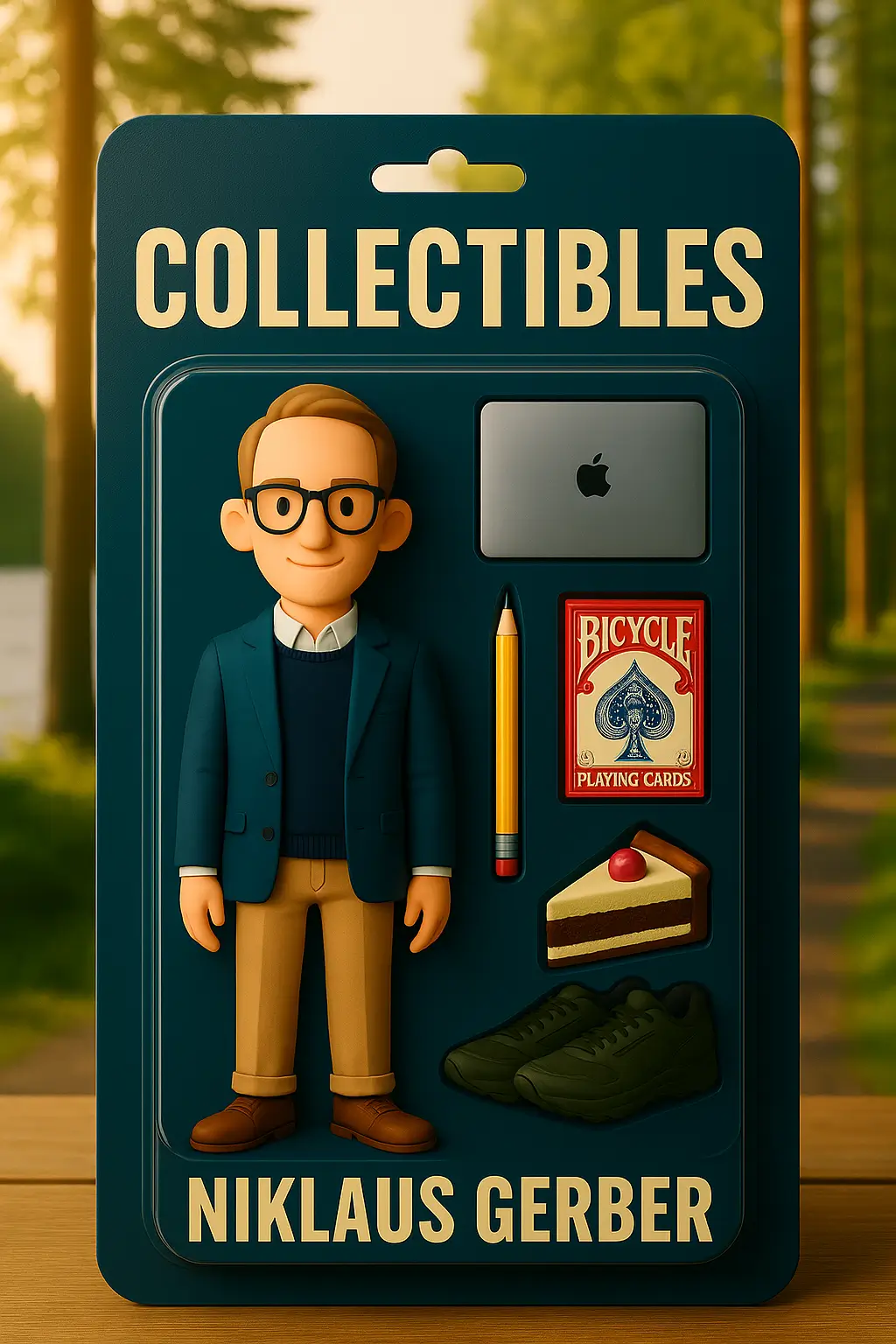About me
I am a passionate and transformational leader with over 15 years of experience in digital innovation and human-centred design. I have extensive expertise in strategic frameworks, discovery and innovation processes, concept development, and delivering best-in-class digital products and services. I am skilled in facilitation, mentoring, and enabling high-performance teams while maintaining strong stakeholder relationships in complex environments.
I help organisations with human leadership, change management, digital innovation and delivering best-in-class digital products and services. I lead teams, shape products, refine strategies and make things simpler, smarter and more helpful.
Down the Rabbit Hole

Elsewhere
I'm always interested in getting to know new people and exploring collaborative opportunities that create something truly meaningful. Let's build something great together!
- Email: [email protected]
- LinkedIn: @niklausgerber
- Read.cv: @niklausgerber
Playground
Here's where I experiment and build things I think might be valuable. Dive into my side projects, code experiments, and creative explorations. These are learning experiences for me, but hopefully, they'll inspire you, be useful, or spark a conversation.